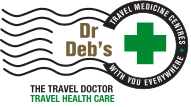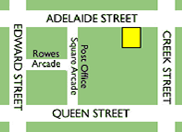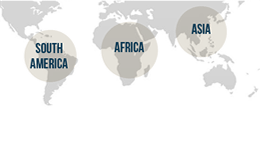Medical kit for Yachts
August 22nd, 2022What is needed for a marine medical kit depends on several things
- How far from medical care the ship will be sailing? For example, if you will sail 24 hours from medical care you will need more supplies than if you are always going to be within 6 hours of care.
- The level of medical training of the captain and crew.
- The medical history of those sailing.
- What backup plan is in place for accessing medical advice while at sea e.g. having access to medical advice via a satellite phone or radio is very useful. Then you can carry things that persons on the phone/radio can advise you to take.
There are lots of lists online.
Those sailors involved in commercial pursuits generally have to follow guidelines set down by governing bodies e.g. the Australian Maritime Safety Authority guidelines.
The UK Maritime and Coastguard Agency (MCA) specifies different levels of kits for commercial vessels, to be tailored to the ship’s activities with the help of a medical professional.
There are many guidelines for what to take, how to store the contents, how to manage the checking of the expiry dates etc.
In addition to a more formal storage cabinet, there should be a ‘grab bag’ for more commonly used items ( e.g. dressings, antiseptic, mild painkiller, antihistamines, and seasickness medications). Sometimes a shore excursion kit may also be needed. Don’t forget to add sunscreen and mosquito repellent to the shore excursion pack
There are rules about carrying certain medications ( particularly strong painkillers ) so keep a clear and tidy log of what has been supplied, when and by whom, and what has been administered, to whom and when. This may serve to reduce the likelihood of being ‘detained for further investigation’.
Remember you cannot fill australian scripts overseas so take plenty of supplies of your regular medications or other meds you have needed recently.
I am not supposed to list prescription drug names here. The book Travelling Well has an extensive list of things to consider in a travellers medical kit.
However as a guide …The four things that most commonly happen to any travellers are pain, wounds, respiratory problems, and gastro illnesses. Hence, a general travellers medical kit is a good start. The kit may also need include antibiotics and other prescription medication, creams such as steroid creams and fungal creams, and a dental kit.
Other things to consider for the marine environment include
- Motion sickness medication e.g. promethazine (Avomine/Phenergan),
- Transparent and waterproof dressings, e.g. Tegaderm
- New soft toothbrush to clean coral cuts
- Hydrogen peroxide for cleaning marine wounds
- Antibiotics for infected coral cuts
- Vinegar for marine stings
Discuss with your doctor about taking a ‘green whistle’ pain relief inhaler
There are also those ‘ bigger disaster ‘ items such as air splints for broken limbs, local anaesthetic, suture material, injectible medicines for severe allergies, heart attacks etc., or even a defibrillator. These all require trained operators.
Ultimately you need to discuss your medical kit needs with a doctor familiar with travellers and marine medical kits.



